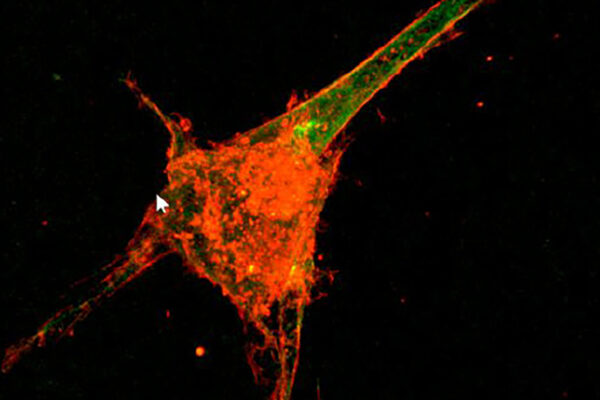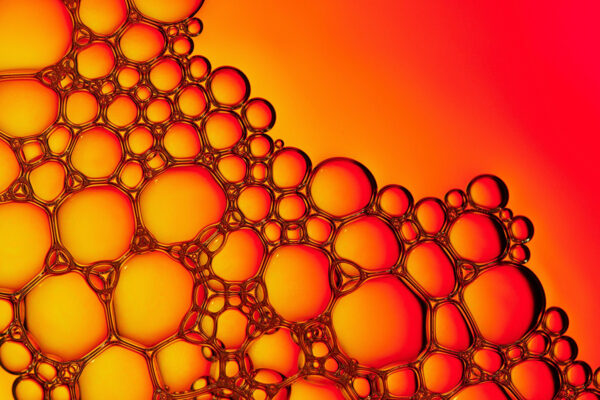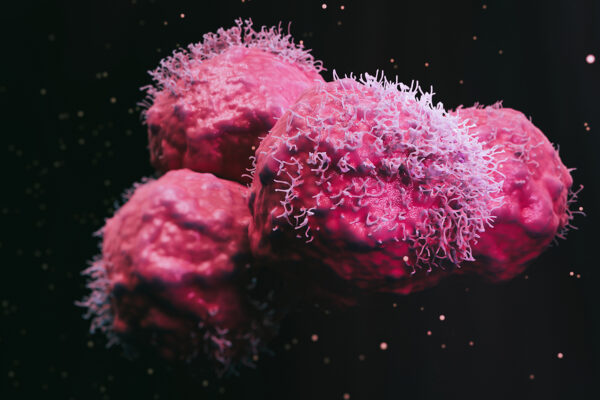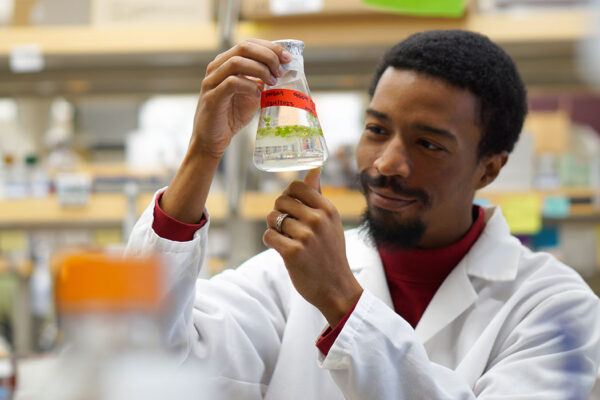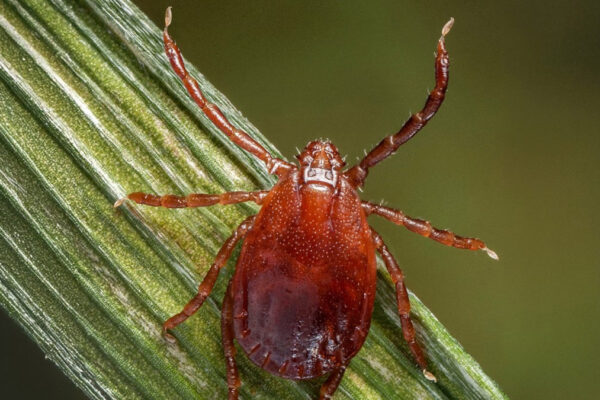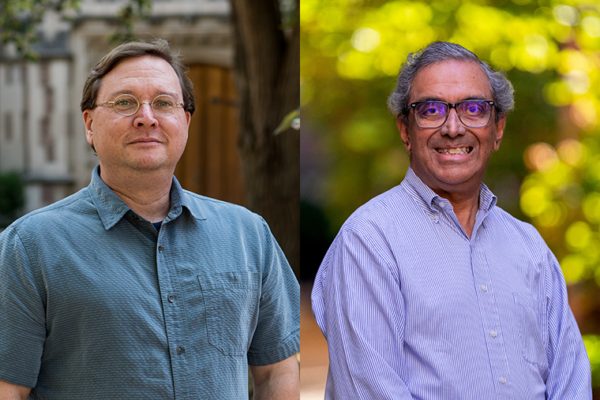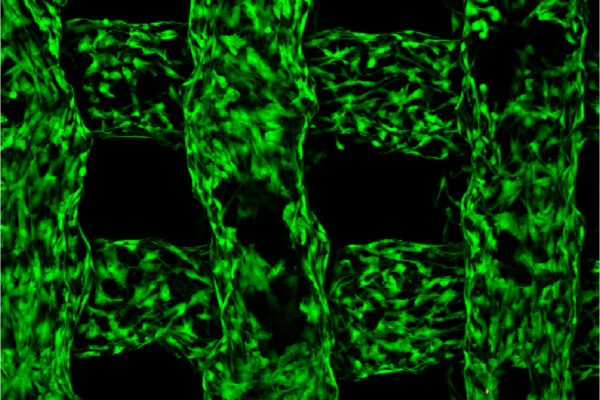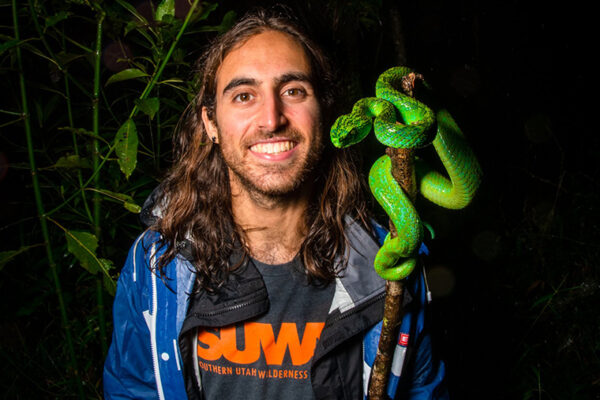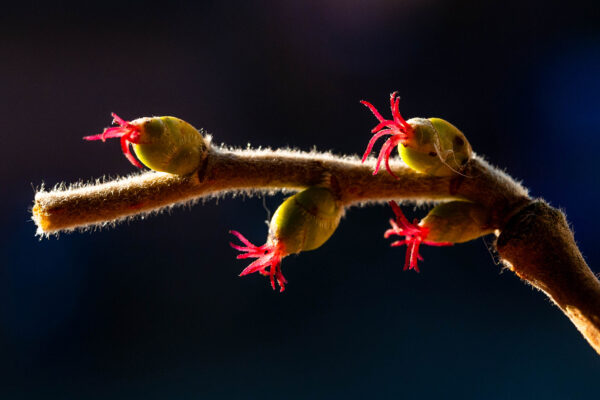The right moves to rein in fibrosis
Biomedical researchers at Washington University have decoded how mechanical forces drive cell behavior in fibrosis.
A closer look at biomolecular ‘Silly Putty’
Researchers at Washington University have developed a method to peer into biomolecular condensates, which could lead to a better understanding of condensate functions and their impairment in cancers and neurodegeneration.
How cells sense, remember their environments
A $2.2 million National Institutes of Health (NIH) grant will fund research in the McKelvey School of Engineering to explore how epithelial cells sense their environments and acquire mechanical memories.
Bringing expansion microscopy to plants
Biologist Kevin Cox, in Arts & Sciences, has discovered a low-cost way to more easily study the detailed makeup of plant cells. The ultimate goal is to help grow better crops, improving food security.
Invasive longhorned tick discovered in St. Louis County
WashU researchers recently identified the first longhorned tick found in suburban St. Louis County. In concert with a local community science effort, Tick Watch STL, the researchers will conduct additional tick investigations in the region.
The disruptions of daylight saving time
A one-hour adjustment to the clock on the wall may not sound dramatic. But our biological clock begs to differ, according to biologist Erik Herzog in Arts & Sciences.
Jez, Pakrasi named fellows of biochemistry society
The American Society for Biochemistry and Molecular Biology named Joseph Jez and Himadri Pakrasi in Arts & Sciences as fellows in recognition of their research, education, mentorship and service to the scientific community.
For success in bioelectronics, build with nature-inspired design
Researchers at WashU have developed bioelectronic scaffolds in a unique way that creates new tissues.
Helping herps in Central America
Tasman Ezra, a graduate student in biology in Arts & Sciences at Washington University in St. Louis, founded a conservation organization dedicated to conserving reptiles, amphibians and their habitats in Honduras.
Lady in red
Research from biologist Susanne Renner in Arts & Sciences reveals the function of red stigmas in wind-pollinated flowers.
Older Stories
